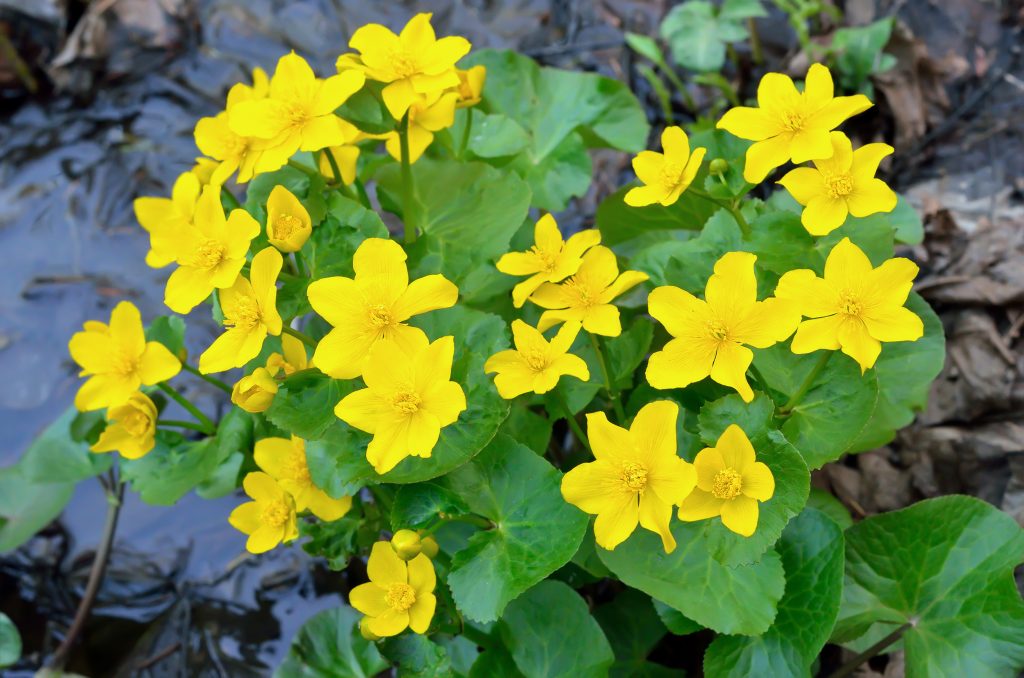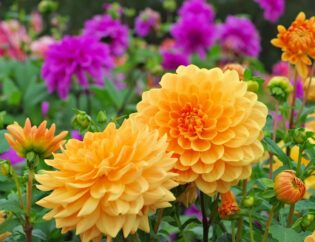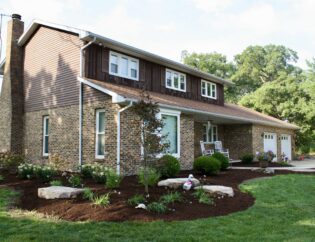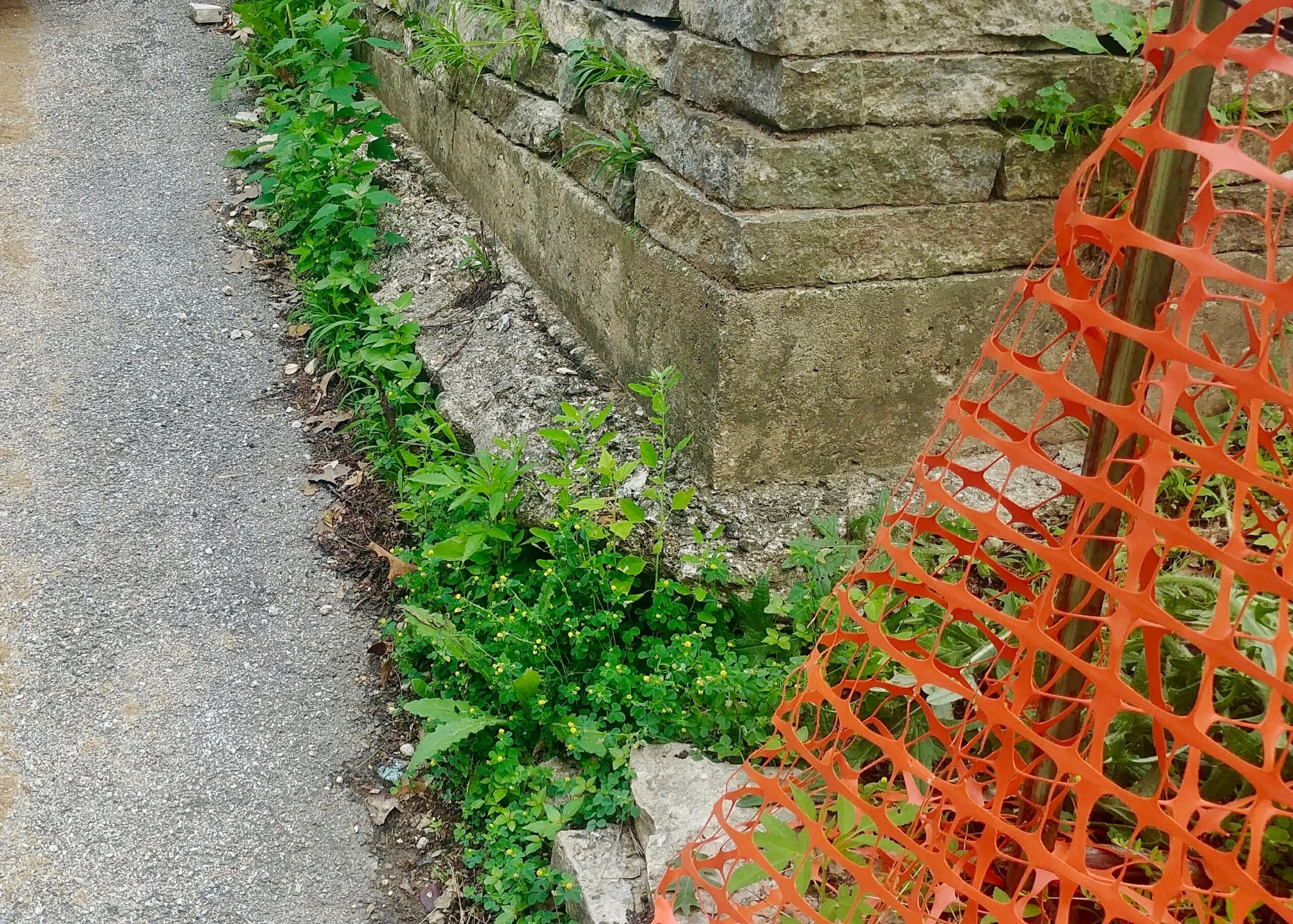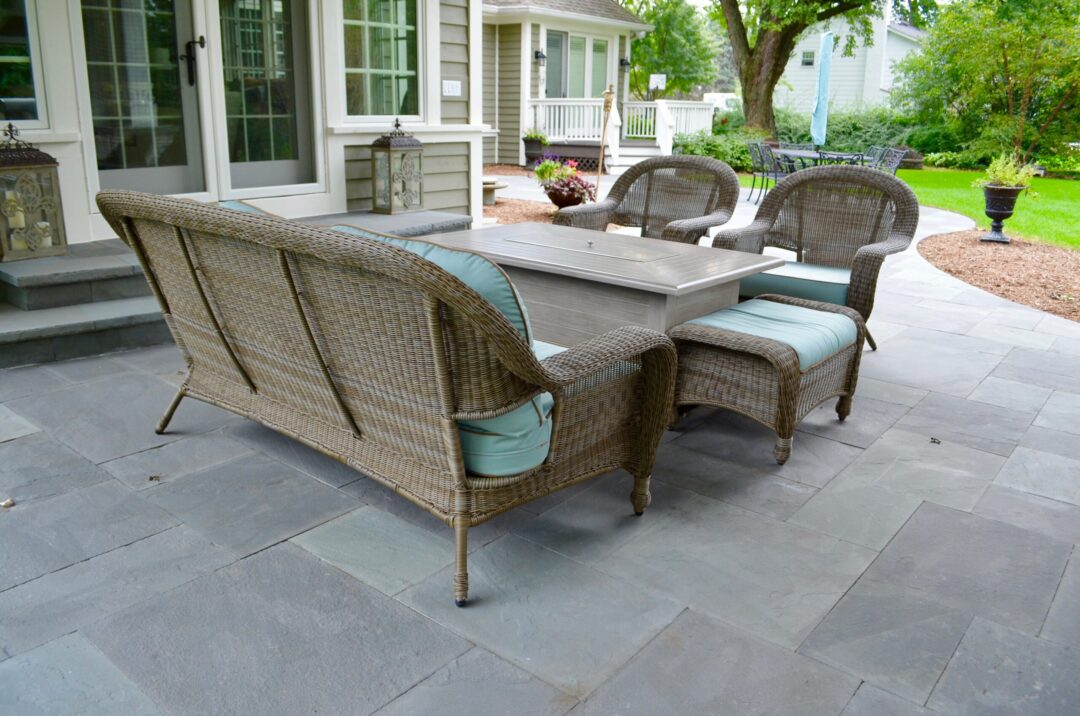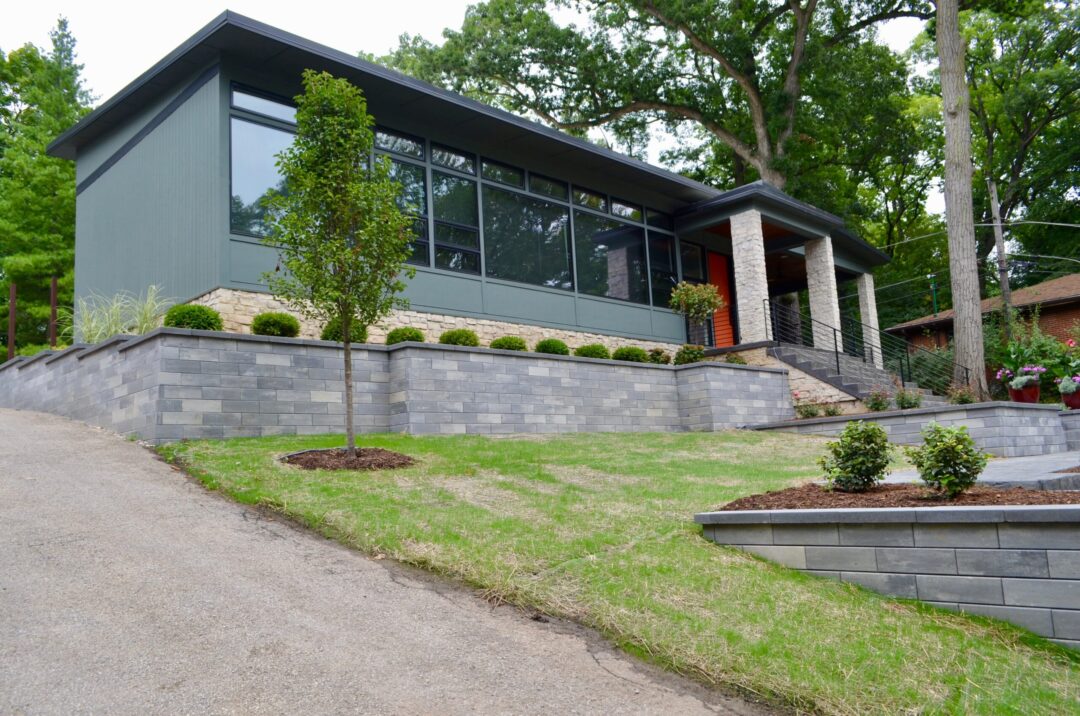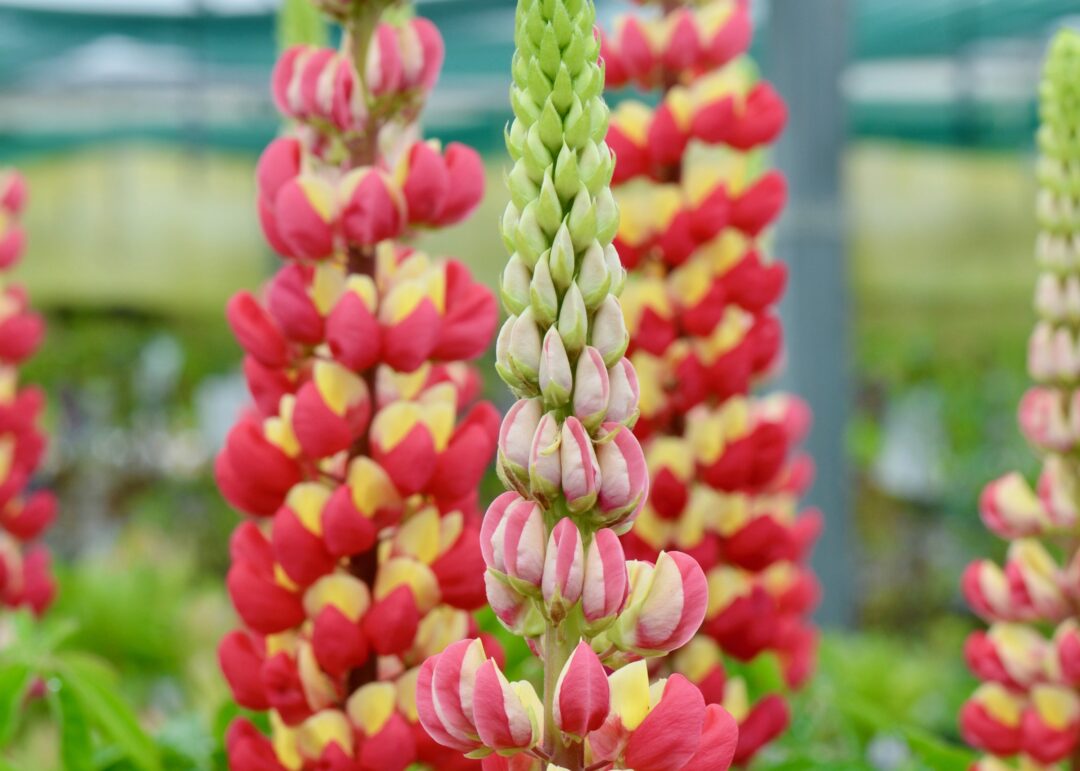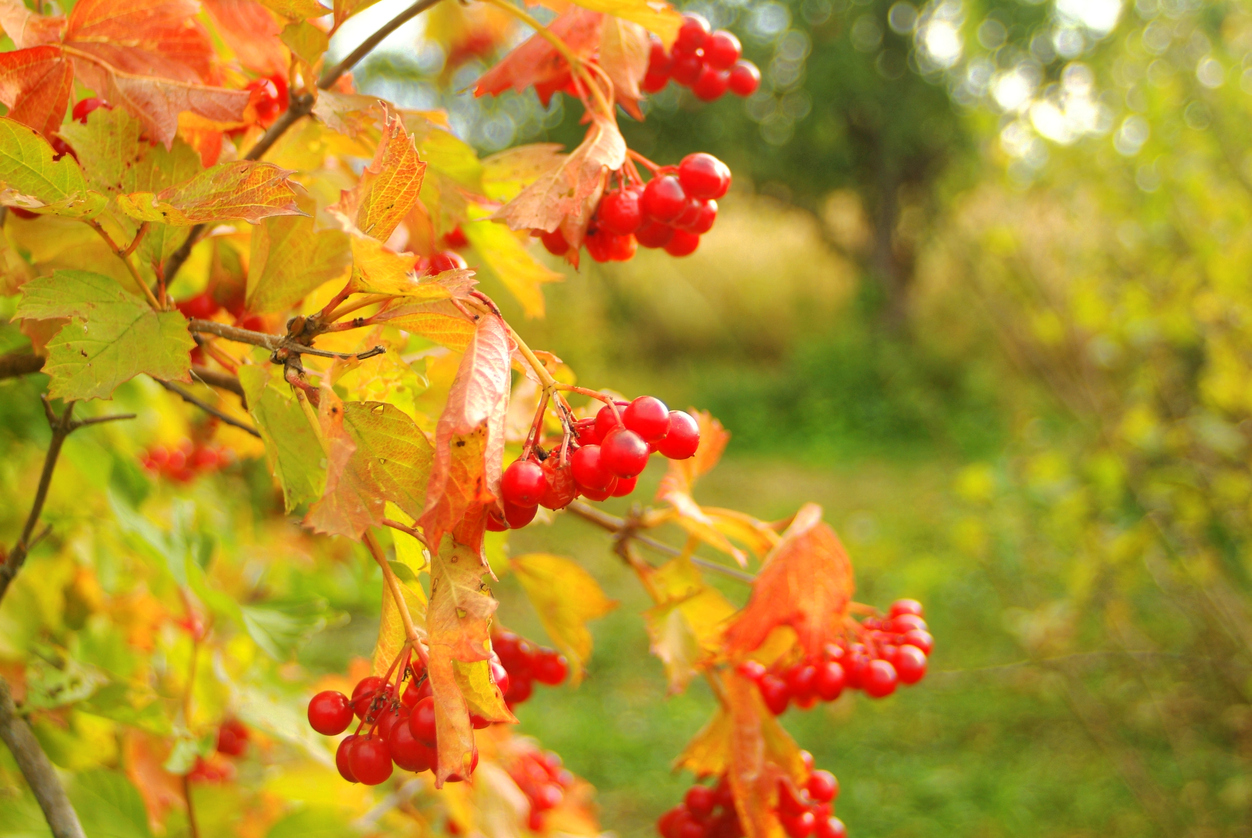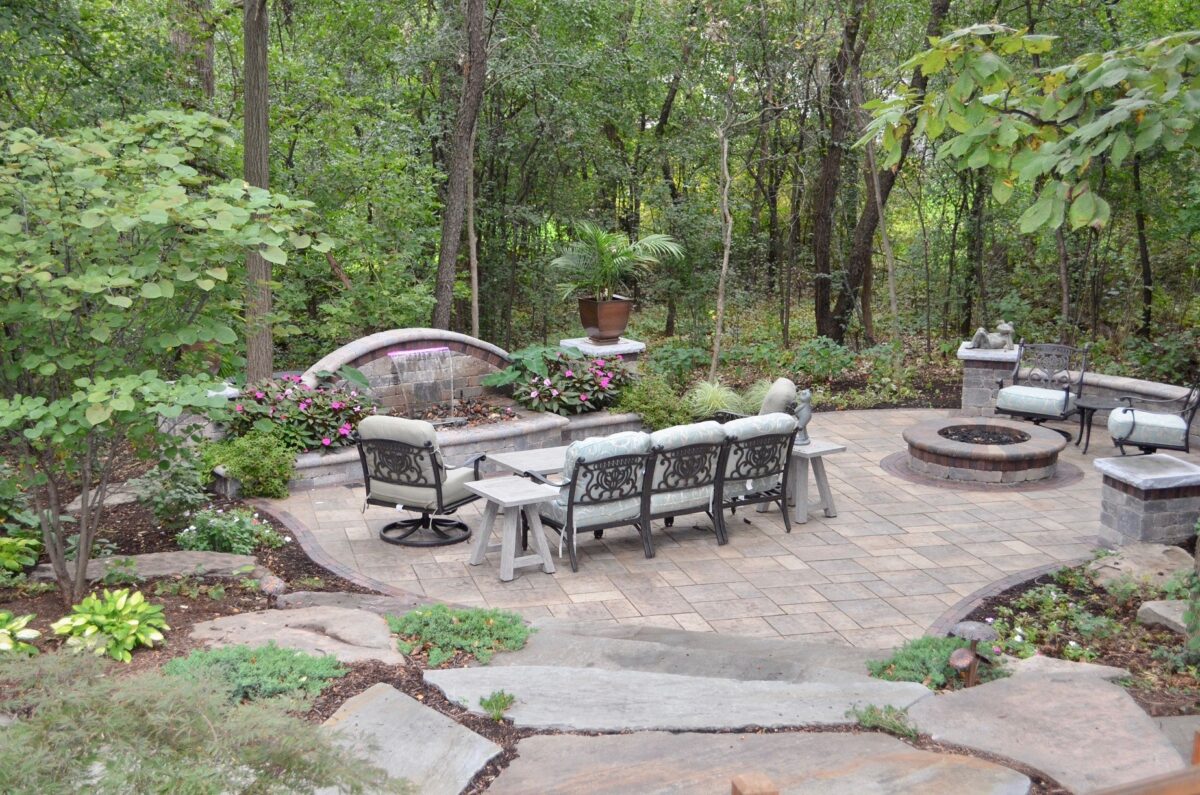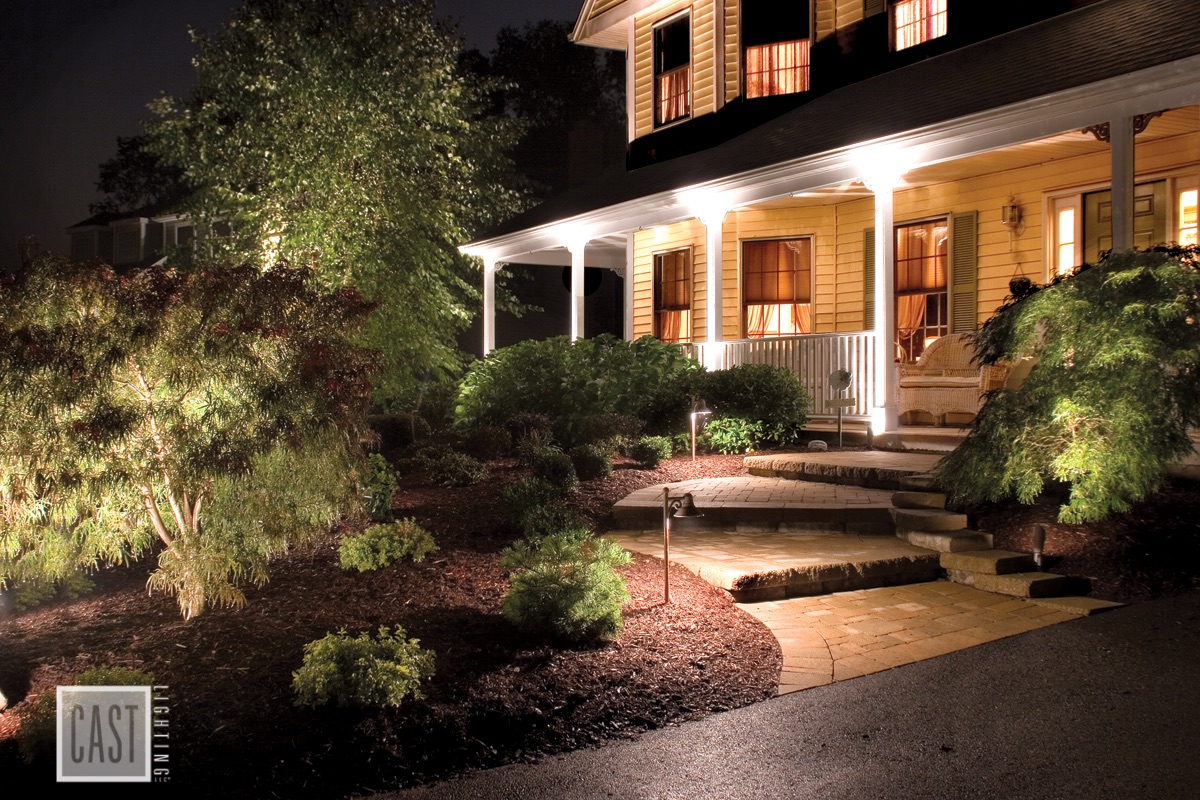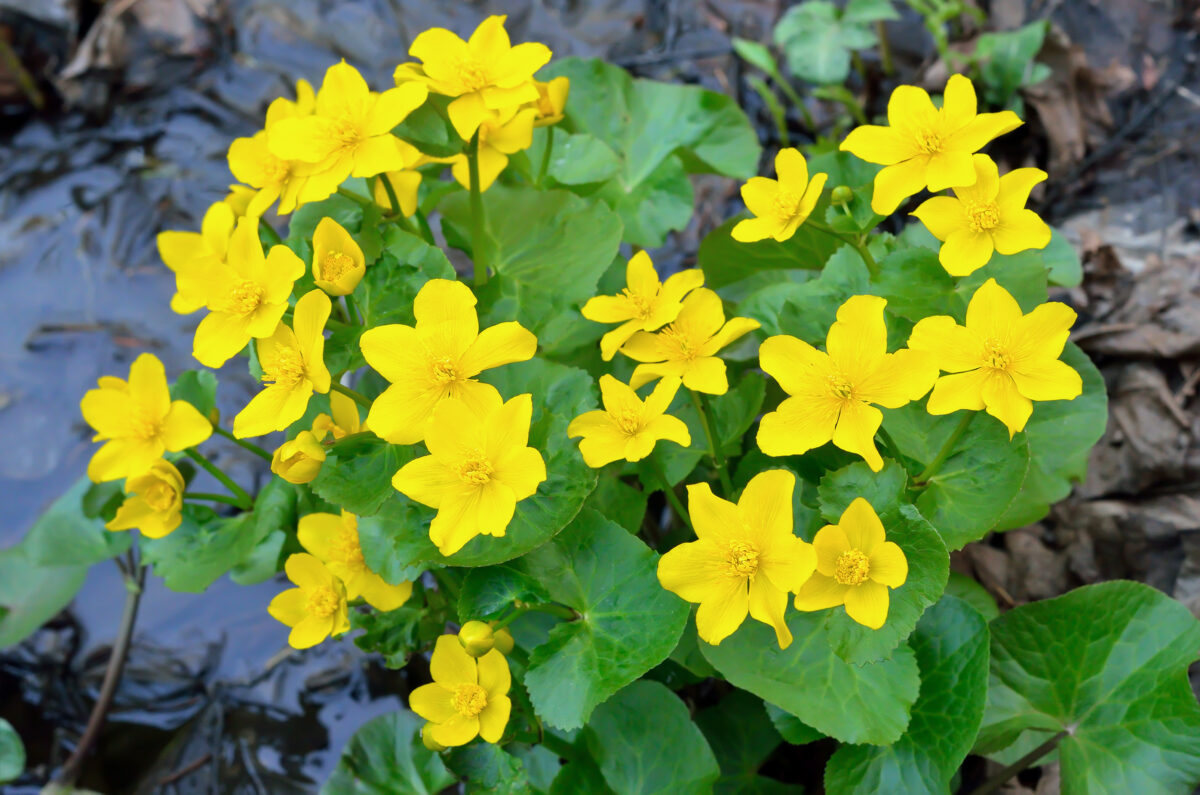
Do you have an area of your front or backyard that always seems to hold moisture? Don’t worry, that doesn’t mean you can’t find suitable landscaping plants to beautify that area. Just look for different types of native plants that thrive in wet soil conditions.
While you may not be able to find these plants at your local gardening center or hardware store, a landscape designer or grower who has in-depth knowledge about native plants for your locale can help. Check out the below examples of landscaping plants that are quite fond of wet conditions.
Pussy willow (Salix discolor)
These fast-growing native shrubs will do well in moist, but well-drained soil. Pussy willows make a welcome addition to landscapes with poor yard drainage. While they do best in full sun, they will also tolerate shade. In early spring you can watch the furry catkins open before the leaves appear, a sure sign that warmer days are soon on the way.
Black chokeberry (Aronia melanocarpa)
This hardy deciduous shrub is adorned with fruits and flowers during the growing season, then goes on to provide spectacular color with the arrival of fall. A member of the rose family, Aronia melanocarpa tolerates partial shade (up to 50 percent) but thrives in full sun. Hardy to zone 3 (the Chicago area is zone 5), it is also an excellent choice for those tough, low-lying wet areas where only moss and mosquitoes flourish. And yet it can acclimate itself to dry, sandy locations as well.
Arrowwood viburnum (Viburnum dentatum)
As part of the honeysuckle family, the arrowwood viburnum is a popular choice for landscaping in wet areas due to the fact that it bears gorgeous reddish fall foliage and bluish berries. For further seasonal interest, the arrowwood viburnum blooms with clusters of white flowers during the spring. This shrub tolerates a range of soils, including wet and acidic soils. While they prefer full sun, they will also grow in shady areas (partial shade or full shade).
Marsh marigold (Caltha palustris)
These yellow spring bloomers may be better known as water garden plants, but they also grow in shallow standing water. Marsh marigolds love partial sun and wet conditions. The native marsh marigold is a member of the buttercup family that occurs primarily in central and northern Illinois.
Meadowsweet shrub (Spiraea alba)
Plant the meadowsweet shrub in full sun, wet to moist conditions, and soil containing an abundance of organic material. Standing water is tolerated if it is temporary. This shrub is 2-6′ tall with sparing green branches that turn brown and woody with age. Meadowsweet’s blooms can be pink, orange, or yellow. The blooming period occurs from mid to late summer and lasts a month or two.
Pagoda Dogwood (Cornus alternifolia)
If you are looking for a landscaping plant that provides interest throughout the four seasons, the pagoda dogwood should be your top choice. The beautiful horizontal branching pattern of this shrub has a tiered appearance, which is often adorned with snow during the winter. Clusters of white buds appear during the spring, and the green foliage turns a rich burgundy-red in fall. Pagoda dogwood makes the perfect small tree or large shrub in a shade garden or as a hedge. Given that this shrub is well suited for wet areas, it will flourish in moist, slightly acidic soil.
River Birch (Betula nigra)
River birch is a fast-growing native tree that prefers moist or wet soil. This plant is a welcome addition to many home landscapes because of its attractive light pink to reddish-brown bark. Dark green foliage turns buttery yellow during the fall. Plants benefit with a 3 to 4 inch layer of mulch and supplemental water during dry periods. River birches are drought-sensitive.
Dappled Willow (Salix integra)
This deciduous shrub has leaves that emerge pink in the spring, maturing to white and green, and then turning yellow in the fall. While branches on young plants grow outward in all directions, they arch and weep as the plant matures. This is an excellent plant selection for along a stream, pond, or other waterway. The dappled willow will thrive in moist soils, but will also tolerate drier conditions once established better than many other types of willows. There is no need to over water, simply maintain a regular water schedule by supplementing rainfall.
Your landscape designer can help assess your yard and soil conditions to determine which plants are most suitable. The guidance of a professional can save you time and money by helping you make the right plant choices from the outset.
Contact Landscape Creations at (630) 932-8966 for a landscaping quote. You can also check out our suggestions for improving yard drainage for those extra challenging wet areas or where planting may not be an option.

